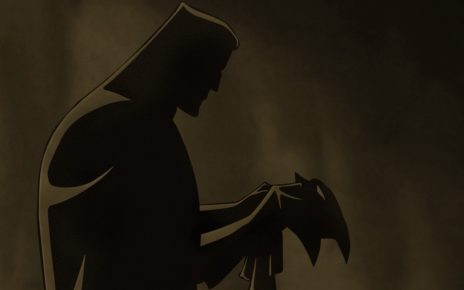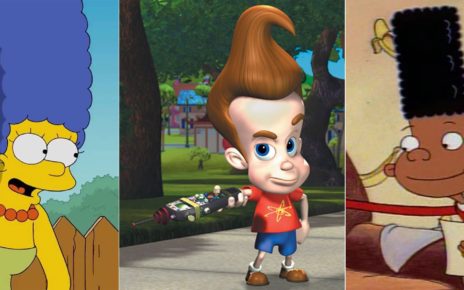This week, we’ll honor evewyone’s favowite wascawwy wabbit, Bugs Bunny, in three pieces as short as his own film shorts. This here’s the second. Read the foist here, nimrod.
Editor’s note: After thousands of hours of meticulous research, The Dot and Line found this 1957 review of the Bugs Bunny and Elmer Fudd short “What’s Opera Doc?” written upon its release. 70 years later, we present it here, in its original form, as a historical record unlike any other.
Certainly no true student of the opera asked Warner Bros. for “What’s Opera, Doc?” but we now wrestle with it regardless. While efficient, director Chuck Jones and writer Michael Maltese’s decision to condense the admittedly long-winded Richard Wagner’s magnum opus into a seven-minute interlude may go down in history as one of the greatest assaults to the form ever committed. One wonders if they even considered operagoers who sat through a full 18 hours of “The Ring Cycle” in Bayreuth last season. Most crucially, the shortened length does no favors to a finished work otherwise competently presented.
Despite clear vocal limitations and struggles with pitch, the two leads (played by Elmer Fudd and Bugs Bunny) carry the work with impressive stage presence and a talent for physical comedy. Fudd is mostly convincing as the demigod Siegfried, and his slightly nasal tenor communicates the anguish he feels searching for Brünnhilde, a seductive Bugs Bunny in drag. One wishes the costume department had been a little more meticulous in their fittings, as Fudd’s Nordic armor seemed to have been borrowed from a much larger tenor, and often obstructed his windpipe.
Bunny very much looks the part of Brünnhilde, clad in dazzling gold robes and pink eyeshadow, surely the ultimate status symbol in Viking culture. Though some might question the director’s decision to cast a male singer as a Nordic goddess, it at least tips its helm to history. In the early days of opera, prepubescent, castrated male singers frequently performed as women — no doubt Jones found Bunny to be uniquely suited to the role. Bugs offers a welcome dramatic foil to Fudd’s machismo, but his overly strident voice struggles through the more emotional passages. We can commend his attachment to the content, but he might sound better after a period of vocal rest.
Whatever this piece ultimately lacks in character development, it makes up for in drama. As Siegfried carried Brünnhilde’s’ lifeless body into Valhalla, the orchestration soars majestically into a thunderous musical climax. One hardly notices that the music comes from the opening to Tannhäuser, taken completely out of context.
Mariah Wakefield is an opera lover based in Upstate New York, and promises every line of this is 10,000 percent serious and not at all a joke.
Thanks for reading The Dot and Line, where we talk about animation of all kinds. Don’t forget to ❤ this article and follow us on Twitter and Facebook.





